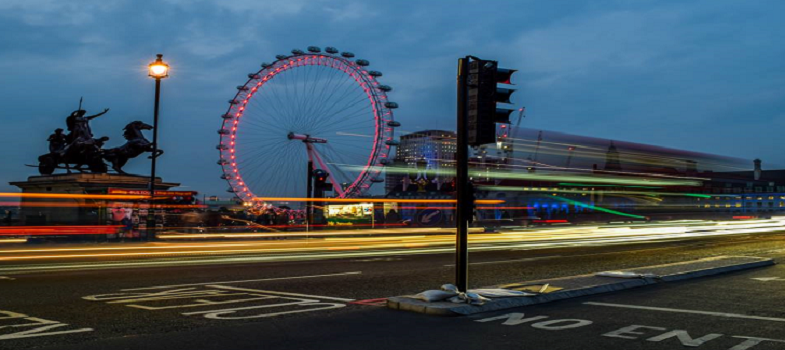3.4 Registered design
Lastly, a registered design designation might be a useful way of protecting product designs. Registering a design refers to the outward appearance of a product and in the UK applies specifically to three-dimensional products only. In the UK, unique designs are automatically deemed to have some form of protection as ‘unregistered designs’ as long as it is an original design and one that is not too commonly found. The unregistered design designation lasts for 15 years.
Should you wish to formalise this designation you can apply to have your design registered, which will give it protection for 25 years. As Jolly argues:
A community registered design is a relatively inexpensive but potentially valuable right. For a business with a broad array of evolving and distinctive consumer products, planning ahead and approaching design protection strategically rather than serially and reactively can help create an effective web spanning the product range, without leaving avoidable gaps or incurring excessive cost.
In order to qualify as a registered design, apart from being a three-dimensional object your product should meet a number of key criteria:
The design must be new.
The design cannot be offensive (it cannot feature graphic imagery or words).
It cannot utilise protected flags and emblems (e.g. the Royal Crown or the Olympic rings).
It cannot be an invention.
Examples of registered designs include Crocs, the shape of the Coca-Cola bottle and the design of some cars.
3.3 Trademark
